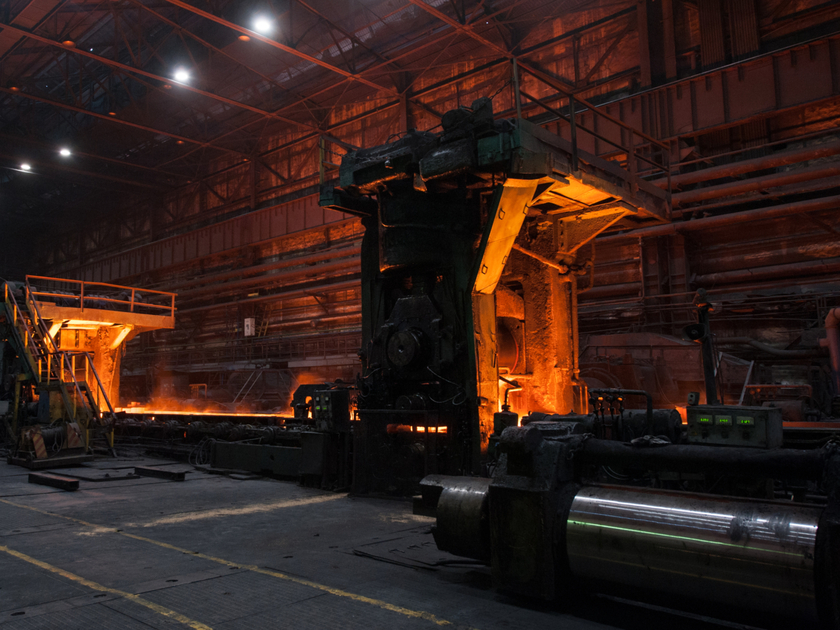Many industrial processes produce heat that is often wasted. Heat recovery systems save energy and money by capturing this heat and putting it to use. Three types of heat recovery units are commonly used: regenerators, recuperators and shell-and-tube heat exchangers.
Regenerators
With regenerators, exhaust air or fluid is alternately cycled through a packing material or heat sink, often reaching very high temperatures. Supply air picks up this heat, decreasing the total energy required for combustion. The air or fluid may go through external processing before it flows back through the regenerator.
Regenerator components are made from two types of materials — ceramic and metal. Ceramic materials provide excellent temperature resistance, withstand corrosion and have lower thermal expansion than metal. Metal materials have high conductivity and heat transfer, weigh less and are less expensive than ceramic.
Regenerative systems are installed in furnaces and ovens, especially in applications where humidity control is critical. Their advantages over other heat recovery options include compact size, lighter weight and higher temperature ranges. Potential drawbacks include substantial maintenance needs, pressure limitations and leakage between air and fluid flows. Constant temperature applications may require variable speed operations, which adds to system costs.
Recuperators
Recuperators are continuous gas-to-gas heat exchangers that transfer heat from exhaust air to the incoming combustion air without mixing the streams. These systems can handle a wide range of operating pressures. The size of the heating surface and type of material determine the maximum preheat temperature — metals (about 480°F) and ceramics (up to 1,800°F).
There are two major types of recuperators — radiation and convective. Radiation types have a low efficiency rating and are typically used in the steel industry. Convective systems are up to 60% efficient but are typically limited to lower temperature applications.
Recuperators can be modified to accommodate pressures of up to several hundred pounds per square inch. They are often more expensive to purchase and install because they require higher-temperature burners, larger and more flexible air lines, cold air lines for cooling burners and combustion controls.
Shell-and-tube heat exchangers
Shell-and-tube exchangers are considered recuperative devices because they keep the gas or liquid paths separate and sustain their individual pressures. They're applied where the waste heat medium is a liquid or a gas used to heat another liquid. Shell-and-tube heat exchangers are typically used in the chemical industry because they can accommodate the wide range of temperatures and pressures required.
The heat exchanger consists of a cylindrical shell containing an arrangement of tubes in which two waste heat mediums move in opposite directions. The tubes usually contain the higher-pressure gas or fluid. Baffles redirect flow over the tubes for maximum heat transfer. Applications include recovering waste heat from refrigeration systems and process steam condensate, as well as from engines and air compressors.
Shell-and-tube exchangers offer a large heat transfer surface at a compact size. They also have no moving parts, reducing maintenance and extending equipment life. However, severe corrosion is sometimes a problem, and overpressure can cause safety issues.
Choosing the right system
Selecting the right unit for your needs depends on several factors — the application and the medium to be heated, the maximum pressure and temperature range and the amount of space available.
Consult with a qualified engineer who is experienced in designing heat recovery systems.

